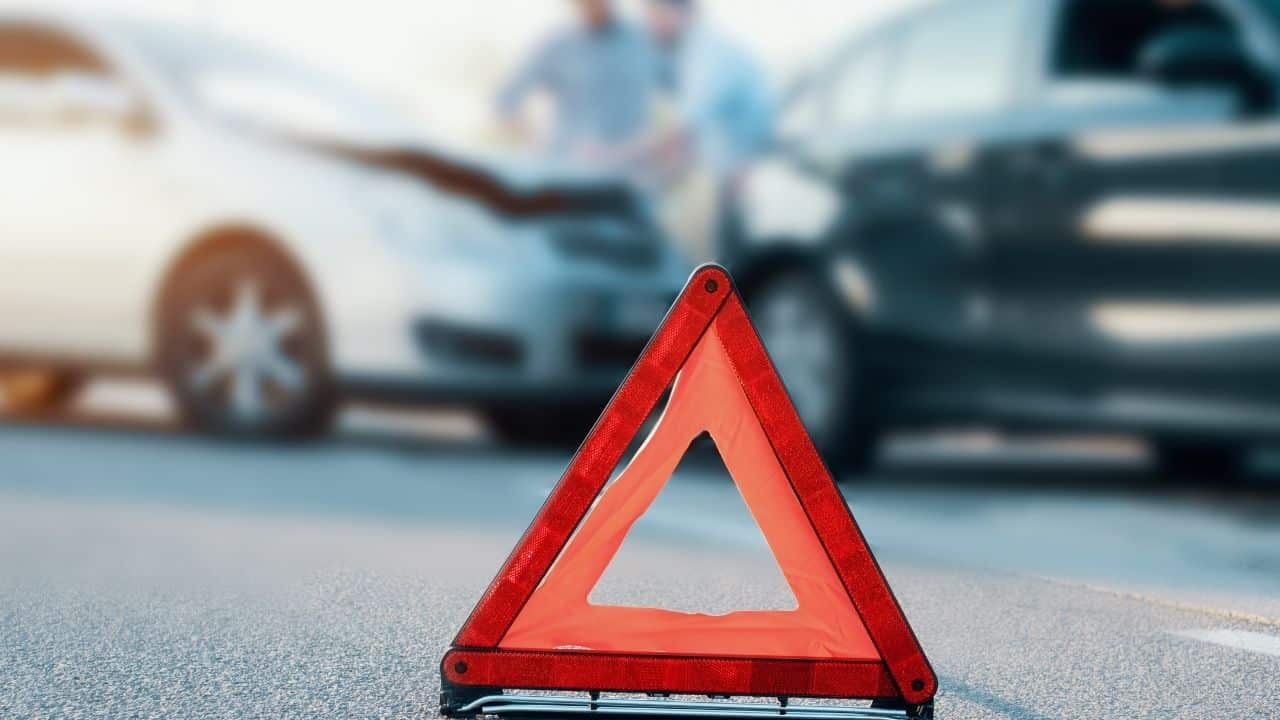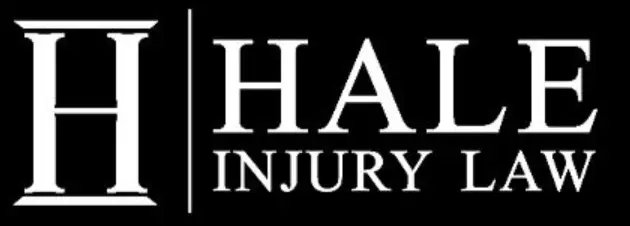
In the decade since Uber and Lyft were launched, these ride-share companies—and others—have changed the face of the taxi industry. But because so many ride-share drivers are independent contractors and aren’t employed by a parent company, assessing liability and apportioning damages in a ride-share crash can be complicated.
If you’ve recently been involved in an Uber or Lyft car accident in Nevada, it’s crucial to understand how state and local laws work when it comes to holding the responsible party liable. Below, we’ll discuss Nevada’s ride-share laws and what rights you have if you’re involved in a ride-share crash.
What to Know About Ride-Sharing in Nevada’
Nevada Revised Statutes Chapter 706A addresses ride-share companies like Uber, Lyft, and any other “transportation network companies.” A transportation network company is any network that uses software (like an app) or any other digital communication to partner drivers and passengers for transportation; a driver is engaged in ride-sharing whenever they’re transporting passengers or, after they’ve accepted a transportation request, they’re traveling to pick up a passenger.
To be a contractor for a ride-sharing company, drivers must complete an application, have their driving history investigated, and obey all traffic laws at all times. Nevada requires the ride-sharing company to evaluate the driver’s criminal history at least once every three years.
In the state of Nevada, a transportation network company must have a business permit, and its drivers must have an individual business license. Nevada law also states that any transportation network company must provide up to $1.5 million in insurance coverage, specifically covering death, property damage, and bodily injury.
Nevada’s At-Fault Traffic Laws
Because Nevada is an at-fault state, assessing liability for a ride-share accident will depend on who caused the crash. Generally, the person at fault (or their insurance) will pay for a ride-share accident, though there may be some exceptions.
Fault is often clear-cut—such as someone who runs a red light or rear-ends you at a stop sign—but sometimes can be more difficult to assess. Even if the initial police report indicates that one driver bears more fault than the other, this presumption can be rebutted later, especially if the case goes to trial and both parties are able to present evidence.
The state of Nevada has a modified comparative negligence rule. If the victim of a car accident is found to be less than 50 percent at fault, they will be able to recover damages. However, they are ineligible for compensation if they are found to be fifty percent at fault, or over.
Assessing Fault for a Ride-Sharing Accident
Though Nevada is an at-fault state, the circumstances of each individual crash can dictate how an insurance claim (or lawsuit) may proceed.
If the ride-share driver is at fault and:
- The crash occurs while the ride-share driver is transporting a passenger; regardless of whether the injured person is in the ride-share vehicle or another vehicle, the ride-share company’s insurance will apply. (More on this below.)
- The crash occurs while the ride-share driver is on his or her way to pick up passengers; the ride-share company’s gap insurance should apply if the driver’s own coverage is insufficient to cover the damages. This gap coverage is often available in $25,000 or $50,000 increments and can provide a bit more protection for injured persons. However, if the driver has adequate coverage without the gap insurance, it’s more likely that only his or her own private insurance will pay.
- The crash occurs while the ride-share driver is driving on his or her own time; their private auto insurance will apply.
If the ride-share driver is not at fault, the at-fault driver’s insurance will apply.
This formula gets tricky if the at-fault driver is uninsured or underinsured. Although Uber used to provide its Nevada drivers with $1 million in liability coverage for uninsured or underinsured motorists, because Nevada no longer requires drivers to have this coverage, it’s all but unavailable. Lyft only provides high-limit liability coverage in certain states, and it is unclear that Nevada is one of them.
Nevada’s low coverage requirements can pose a problem for those who are injured in accidents where the ride-share driver isn’t at fault. Currently, Nevada’s minimum coverage limits are $25,000 per person in bodily injury, $50,000 per accident in personal injury, and $20,000 per accident in property damage.
With the average price of a new vehicle now exceeding the $40,000 mark, this $20,000 property damage limit often isn’t enough to cover even a fender-bender. The injury coverage limits also won’t provide much help for those who have more than minor scrapes and contusions; the $25,000 per person bodily injury limit may cover a day or two in the hospital, but is unlikely to extend to lost wages, surgery, or the cost of any follow-up care.
And if the at-fault driver doesn’t have any insurance at all, you’ll have even less chance of recovery—generally, those who take the risk of driving without a valid insurance policy tend to be judgment-proof.
Under these circumstances, the injured person (or ride-share driver’s) uninsured or underinsured motorist (UM/UIM) coverage may kick in. There’s one major exception, though: if you’re the ride-share driver and are injured in an accident caused by an uninsured or underinsured motorist while you’re transporting passengers, your private auto insurance is unlikely to provide any protection.
Instead, you’ll need to rely on the high-limit liability policy provided by your ride-share company, which should offer some compensation for injuries or property damage caused by an uninsured driver.
What About Comparative Negligence?
Under Nevada law, an injured person’s recovery can be limited (or even barred entirely) if they’re found to be comparatively negligent. Comparative negligence is an affirmative defense that the defendant can raise if they don’t think they deserve to bear total financial responsibility for the accident or your injuries.
This defense claims that because the injured person was partially at fault for their own property damage or bodily injury, they shouldn’t recover as much in damages from the at-fault person.
If a victim is found to be comparatively negligent, their total damages will be reduced by the degree to which they were negligent.
So if, for example, a plaintiff suffered $100,000 in damages and is determined to be 35 percent at fault for their injuries, the maximum amount they can recover from the other driver is $65,000. If a victim is more than 50 percent at fault for the accident or their injuries, they may not be able to recover any damages at all from the other party.
Some common examples of situations that can lead to a comparative negligence defense include:
- Failing to wear a seatbelt (or helmet, for motorcycle riders)
- Failure to yield
- Sudden braking that causes a rear-end collision
- Driving with drugs or alcohol in your system
- Texting while driving
- Failing to follow up on recommended medical treatment after an accident
- Engaging in other activities that exacerbate the injuries suffered in the crash (like drinking heavily or getting into a physical fight)
Driving while impaired is often a heavily litigated topic when it comes to comparative negligence. Even if the other driver is entirely at fault for the collision, by arguing that the victim was intoxicated—and, therefore, not able to react quickly to avoid the accident—the at-fault driver may be able to reduce their financial liability.
Comparative negligence is often an issue that’s presented to the trial court or jury. That means that, unless there’s overwhelming evidence of comparative negligence at the outset, it’s unlikely to have a major impact on the strength of your claim until or unless you get to the trial stage.
Because so many auto accident claims are settled outside of court, a fairly weak comparative negligence defense may never make it to a courtroom.
Steps to Take After a Ride-Share Accident in Nevada
Being involved in an accident, regardless as to who may have been driving, is an extremely stressful experience. It’s imperative to know what to do after an accident. Keep reading to learn more about what to do when you are involved in a ride-share accident.
Call 911
After an accident, the best thing to do is call the police. Even if there are no injuries, filing a police report is the best way to document the accident, which may be very important in the not-so-far-off future.
Seek Medical Attention
If you need immediate medical attention after the accident, it’s important to go to the hospital and be examined immediately. Even if you feel that you didn’t sustain any injuries, it’s still important to visit your personal doctor for an examination as soon as possible.
Gather and Exchange Information with All Parties Involved
It’s important to gather information from all parties involved. This includes the information for both drivers involved in the accident, information from any other passengers involved, as well as any information from any witnesses.
Take Pictures
It’s imperative to document everything that you can from the accident. Pictures will be very important if documentation is needed. Carefully photograph everything you can from the accident. They may be needed.
Contact a Ridesharing Accident Attorney
A ridesharing accident attorney knows all of the ins and outs of Nevada rideshare law. Sitting down for a consultation with an attorney will be invaluable as they guide you through the legal process and work with you to determine the best way to handle your case and help you navigate to ensure you get what you deserve.
How Do Taxi Companies Fit Into This Puzzle?
Although taxi drivers often own their own vehicles, just like ride-share drivers, assessing liability in a taxi cab collision can be much different. Many taxi drivers are employees—despite owning their own vehicle—and therefore are subject to the restrictions and coverages of their employer.
Ride-share companies, on the other hand, employ their drivers as independent contractors, which is a looser relationship than the employer-employee one. Generally, the taxi driver’s employer will carry insurance that provides protection to the driver themselves, any passengers who are injured while riding, or other vehicles the taxi driver may collide with.
However, there’s one major difference. While Uber and other ride-share services provide uninsured/underinsured motorist coverage, most taxi companies don’t (and aren’t required to by law).
This makes riding in a taxi much riskier given Nevada’s low minimum coverage limits; if you’re involved in an accident while riding in a taxi and the at-fault driver’s insurance isn’t enough to cover your injuries or damage, you may not have any recourse through the taxi driver’s insurance.
By the same token, if the taxi company doesn’t carry enough insurance to compensate you for your injuries and the taxi driver was at fault for the accident, your recovery options could be limited.
An Experienced Attorney Can Help You Preserve Your Rights
Ride-sharing has quickly become a multi-billion dollar industry. But with the rise in ride-sharing has come a rise in the litigation of ride-share accident cases. These cases are different from traditional auto accident cases and often have nuances that may not be apparent to attorneys who don’t have experience in this area.
It’s important to seek advice from a car accident attorney with specific experience in litigating ride-share accidents before you accept any settlement offer. The at-fault driver’s insurance company often has a vested interest in settling the claim for as little as possible, and taking the first offer can mean leaving money on the table.
What’s more, an initial settlement offer may not be enough to fully compensate you for the injuries you’ve suffered.
Before you speak to the at-fault driver’s insurance company, get in touch with an attorney who can thoroughly evaluate your claim and give you a better idea of what it’s worth.
